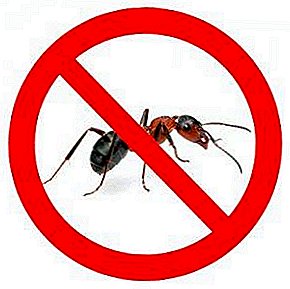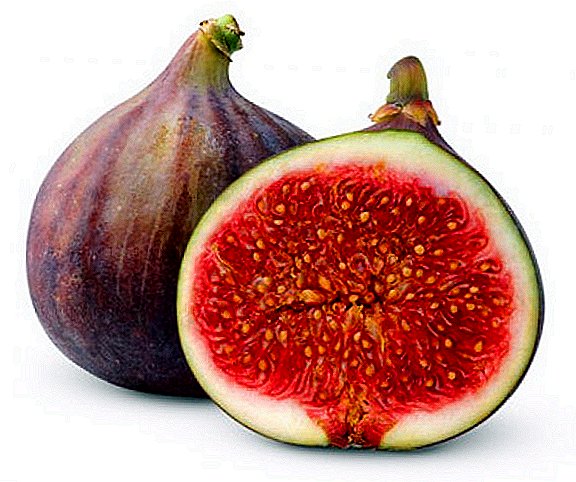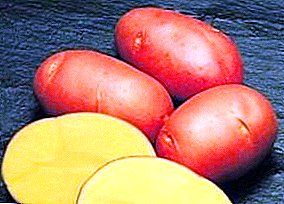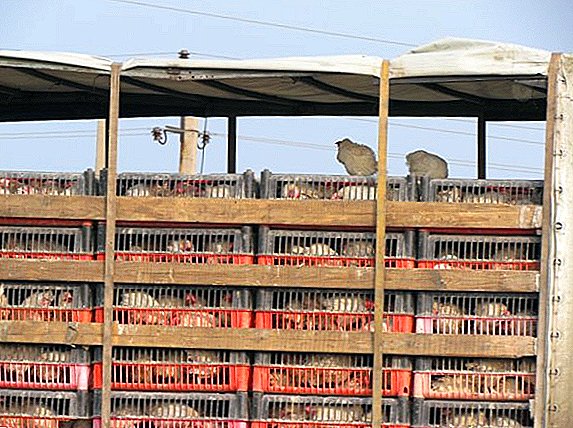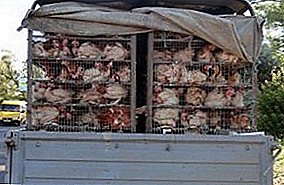 Transportation of animals always gives a lot of problems, which is connected both with the need to prepare documentation and with the most expensive. Chickens are not an exception, so you should be familiar with the basic rules of transportation, as well as learn about the possible risks. Next, we will consider what distances a bird is allowed to transport, what documents are needed for this, as well as how to reduce the negative consequences during the transportation of livestock.
Transportation of animals always gives a lot of problems, which is connected both with the need to prepare documentation and with the most expensive. Chickens are not an exception, so you should be familiar with the basic rules of transportation, as well as learn about the possible risks. Next, we will consider what distances a bird is allowed to transport, what documents are needed for this, as well as how to reduce the negative consequences during the transportation of livestock.
Transportation of chickens
We will talk about what documents for the bird should be prepared in the planning process, and also how far it is safe to transport laying hens. 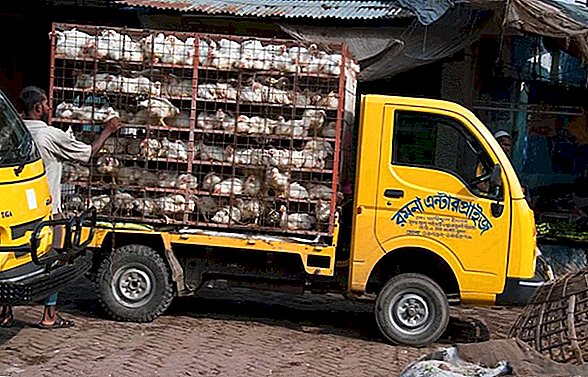
What documents are needed
To transport live poultry within the borders of the country, it is necessary to prepare a package of documents:
- Help from the vet with a seal and signature. The certificate must indicate that the bird is not sick, and its state of health allows for transportation.
- Documentation on the bird. The documents should indicate what kind of bird, what kind, where it was purchased, as well as information that chickens belong to you.
- Documentation for transport. It must be stated that your mode of transport allows you to transport a bird in conditions that are comfortable for it, and also does not create the risk of diseases that can cause an epidemic. You may also need help on the boxes or boxes in which the bird will be transported.
We advise you to familiarize yourself with the most popular breeds of egg breeds of chickens: Dutch white-crested, super nickname, Czech golden, blue, blue, and Italian partridge and Laceedanzi.
The presence of the above list of documents does not guarantee that you will be passed through a checkpoint. This may be due to a temporary quarantine or a ban on the import of certain types of birds. For this reason, it is necessary to obtain in advance all the information about the area through which the route will pass. 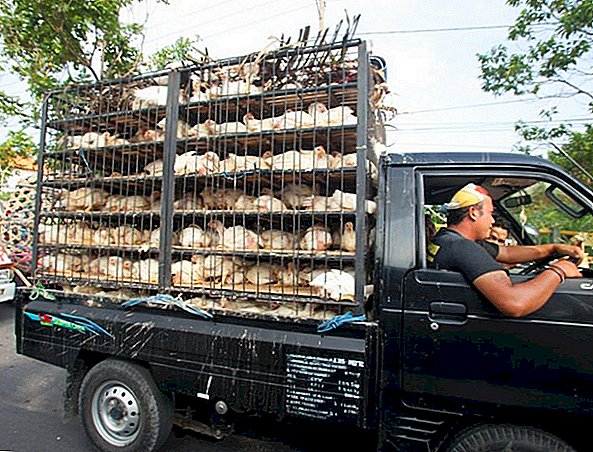
Maximum transportation distance
The maximum allowable transport distance depends not only on the health of the bird, but also on the documentation. The fact is that the certificate from the veterinarian is valid for 3 days, respectively, it is impossible to carry the chickens longer under any circumstances.
The optimal transportation distance in motor transport is 50-100 km, and the bird should be on the road no more than 5 hours. Neglect of this information leads to a massive loss of livestock, as well as outbreaks of infection.
The problem is not solved by frequent stops, feeding or watering the birds. Boxes, which are chickens, do not allow them to rest normally, and the constant vibration leads to severe stress.
Read about making a portable chicken coop with your own hands.
What should be the box
- Minimum dimensions - 90x60x30 cm.
- End walls and the floor is solid, without holes.
- The cover must be lattice, air and light. The diameter of the holes should not allow the chicken to stick its head.
- The material is durable and lightweight.
- There must be no sharp edges inside the boxes.
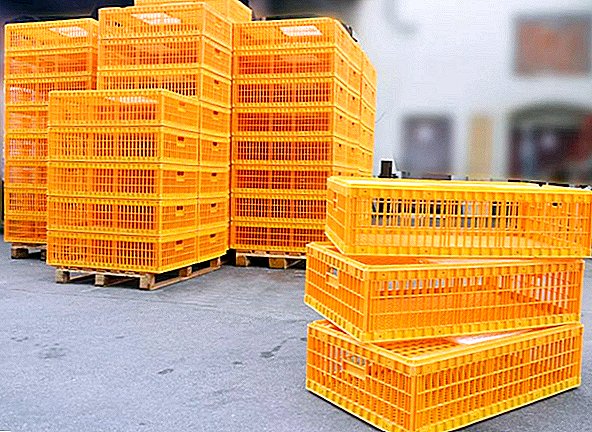
Transportation problems
Consider the main problems encountered in the process of transporting animals to near and far distances.
First problem
Even when using the safest and most suitable box sizes, there are problems with traumatizing the birds. Eliminating this is almost impossible, since vibration, sound, enclosed space and unpleasant odors cause a state of shock in which the bird injures itself.
Important! Chickens can be injured or ruptured by the oviduct if there is a formed egg in the organ during transportation.
The situation worsens if old transport with a worn out depreciation system is used, or the route goes along highways with poor coverage. All this must be taken into account during transportation, trying to minimize risks. 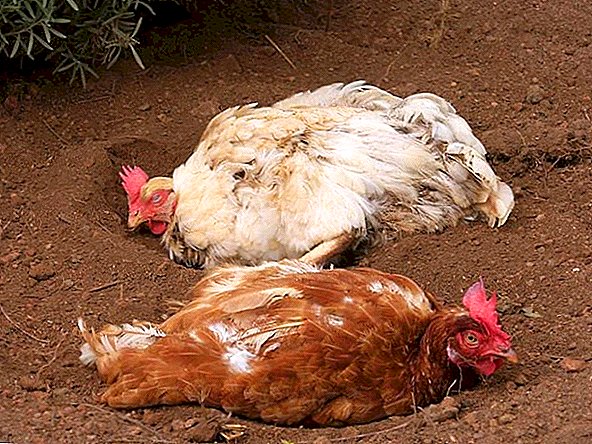
Second problem
Layers are kept in certain conditions (temperature, humidity, light conditions) that cannot be recreated on the road. The lack of necessary amounts of food, water, as well as a stress factor leads to a sharp weight loss. For example, if a chicken spends more than 6 hours on the road, then it loses about 3.5% of the total mass, and with each hour the losses increase.
As for egg production, the situation is even more critical: birds will not lay eggs in the presence of adverse conditions or in a state of shock. However, these effects are not limited to the road.
It will be useful for you to learn why chickens carry small eggs, why chickens carry eggs with a green yolk and why chickens do not carry eggs.
Chickens may refuse to be carried for several more weeks or months after transportation, as a result of which the farm will suffer enormous losses. For this reason, it is necessary to minimize the time on the road. 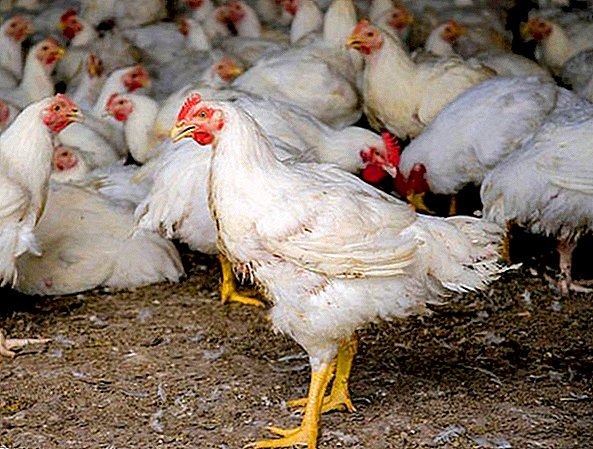 Sharp weight loss in chickens, as a consequence of transportation
Sharp weight loss in chickens, as a consequence of transportation
Third problem
In the process of transporting the chickens are placed so that they can not be fed, therefore, their body does not receive the necessary nutrients and vitamins in time, which leads to digestive disorders. And under the condition of the presence of stress, the state of the population is sharply deteriorating.
Chickens may begin to have diarrhea, vomiting, or other problems associated with the digestive tract. Metabolic disorders lead to a deterioration of feathers and claws, as well as to a decrease in the resistance of the immune system.
Read also about how to treat diarrhea in chickens.
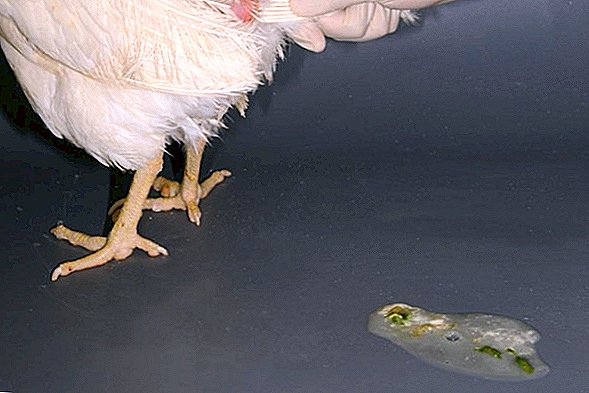 Diarrhea in chickens - one of the consequences of transportation
Diarrhea in chickens - one of the consequences of transportation
How to reduce the negative effects
- The use of sedatives that reduce stress in birds during transport (for example, Aminazin).
- Catching birds at night or in the absence of lighting.
- When catching chickens, you must take them by the wings, not by the legs.
- Each box should contain no more than 20 individuals.
- The route is carried out in such a way that the transport does not pass through cities and megalopolises (air pollution and frightening sounds).
Poultry farmers should learn the various signs and treatments for laying mortality.
Transportation planning and the transportation itself imposes a great responsibility on the organizer, since it is important not only to do everything quickly and according to the law, but also to save livestock. Much depends on the right transport and packaging, so it’s better to pay more than bring a dead bird.


